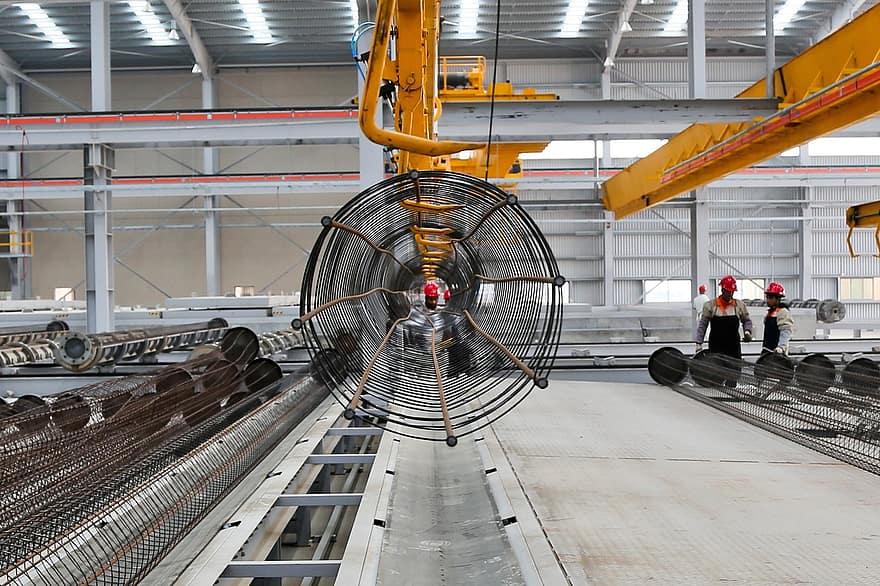In the first three months of 2020, COVID-19 was just kicking off. While it hadn’t made its way around the globe just yet, the effects of the soon-to-be pandemic had already gripped the steel industry.
The industry was far from robust going into the pandemic. In 2019, crude steel production grew by only 3.4%. In an unprecedented turn of events, the steel industry’s woes were magnified once COVID-19 was on the scene.

Between January and March, the industry experienced a 1.4% decline in crude steel production when compared with the same period in 2019. Industries that require steel are facing a decline in demand, causing a complex domino effect that’s seen the demand for steel slump. It’s a series of events no one saw coming.
So, what’s next? Despite its struggles, steel production is expected to increase as restrictions ease, and steel-using industries can function again. The demand for steel will depend on how well these three major steel-using industries recover in the wake of COVID-19.
Construction
The majority of the world’s steel production is used in the construction of buildings and infrastructure. Reliable, durable, and light-weight, steel is also the go-to material for railways, bridges, parks and housing.
Like most industries, construction has been heavily affected by COVID-19. Restrictions across the board saw construction sites temporarily abandoned while officials worked through the extent of the outbreak. Now, with more information at hand, construction workers have been able to return to work under virus-mitigating guidelines.
For the most part, construction has resumed, and the demand for building materials is on the rise again. This should continue as countries look to restart their economies off the back of shovel-ready infrastructure projects. The steel industry can take comfort in increased global construction activity.
As long as construction remains an active sector, steel production should experience steady growth.
Automotive
The automotive industry has been among the most-affected by COVID-19. As factories were temporarily shut down, car manufacturing was brought to a standstill. Economists predict a 14%-22% drop in automotive sales in 2020, but the industry was already experiencing a decline in demand for traditional passenger cars in the two years prior to the pandemic.
With that said there are still exciting things on the horizon for the automotive industry that should raise the demand for steel once again. Volvo, Toyota, VW, and Nissan have begun re-opening factories in Europe and the UK.
More good news for the steel industry lies in electric vehicles, which seem to have dodged the fallout of COVID-19. Many countries such as Canada, India, France and the Netherlands are campaigning for the uptake of electric vehicles as a way of meeting sustainability goals.
The global transition to electric vehicles is predicted to accelerate post-pandemic as countries aim to build back in a more sustainable fashion, giving manufacturers something future-focussed to set their sights on and providing some relief to the steel industry.
Machinery
Machinery is the third-largest steel-using industry, covering a broad range of industrial equipment.
Machinery production in non-essential sectors has slowed down as projects have been put on hold during COVID-19. However, one industry remains a strong user of steel-based machinery: Agriculture.
As an exporting industry, agriculture will play a large role in economic growth post-COVID-19. Steel-based machinery such as agricultural weigh scales and feeding technology will help to optimize productivity and efficiency of farming processes, resulting in more export potential and food security.
As demand picks up in the industries that rely on steel, the steel industry itself should slowly bounce back. The road to recovery is going to be slow for every industry impacted by COVID-19, but amid such a widespread struggle, steel-using sectors are showing signs of growth.
